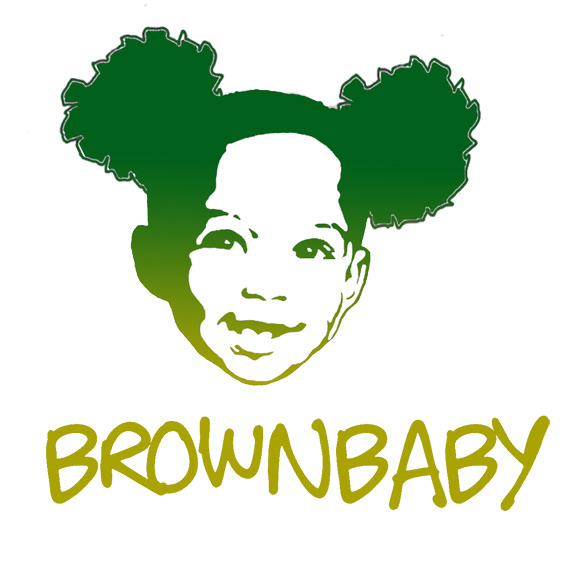“Somewhere between action and reaction there is an interaction, and that’s where all the magic and fun lies” So says author Tyson Yunkaporta, in his book Sand Talk: How Indigenous Thinking Can Save the World, my guest for this conversation.
Towards the end of the book, Tyson is explaining the meaning of Ngak Lokath, an Aboriginal word for the brackish water that forms in the wet season when freshwater floods into the sea...an example of what the Yolngu Tribe calls Ganma, a phenomenon of dynamic interaction when opposite forces meet and create something new…
...many pages later he picks up this thread saying:
“There are a lot of opportunities for sustainable innovation through the dialogue of Indigenous and non-Indigenous ways of living...the problem with this communication so far has been asymmetry - when power relations are so skewed that most communication is one way, there is not much opportunity for the brackish waters of hybridity to stew up something exciting.”
This is a powerful image, to have a real, two-way conversation, as equals, between modern and indigenous ways of thinking, and to allow something new to emerge from the turbid, brackish waters…
Yarning, in Aboriginal culture, is based on sharing stories and coming to decisions through mutual respect, active listening and humor. There is no talking stick in Australian Aboriginal Yarning (That’s something the Iroquois created), just an organic back-and-forth and the creation of a space without a stage to share experiences, to draw on the ground and sketch ideas out to illustrate a point.
Yarning is a rich and powerful tradition for anyone to transform their gatherings to be more deeply human. Sand Talk, the drawings on the ground that are a natural part of these conversations - roots the dialog in the land and makes the complex clear, if not simple.
According to Tyson, “Yarning” is collective governance and a structure of sharing and respecting stories and viewpoints. Indigenous knowledge is preserved, shared and passed on from generation to generation through yarning.
Tyson explained Yarning to be “where everybody gets to inhabit the ontologies of everybody else, and there’s an aggregate that’s formed. And I often describe it as a group of people standing on a beach when there’s a full moon at night and they are all seeing the reflection of the moon. If it was a debate, everybody would be looking to put forward their version of where the moon is shining but yarning is something that allows everybody to sit around and tell the stories”, which then creates an aggregate of narratives.
Yarning encourages people to be responsible, respectful, and honest when interacting between people, providing a safe space to be heard and respond. It’s also a harmonious, creative and collaborative way of communicating. Through yarning, communities form an aggregate of micro-narratives to serve as a foundation to a meta-narrative. Tyson warns that no narrative is allowed to be the dominant narrative. And suggested the link to organisations would be to question “what would it look like to aggregate the narratives rather than decide which narrative is true”





